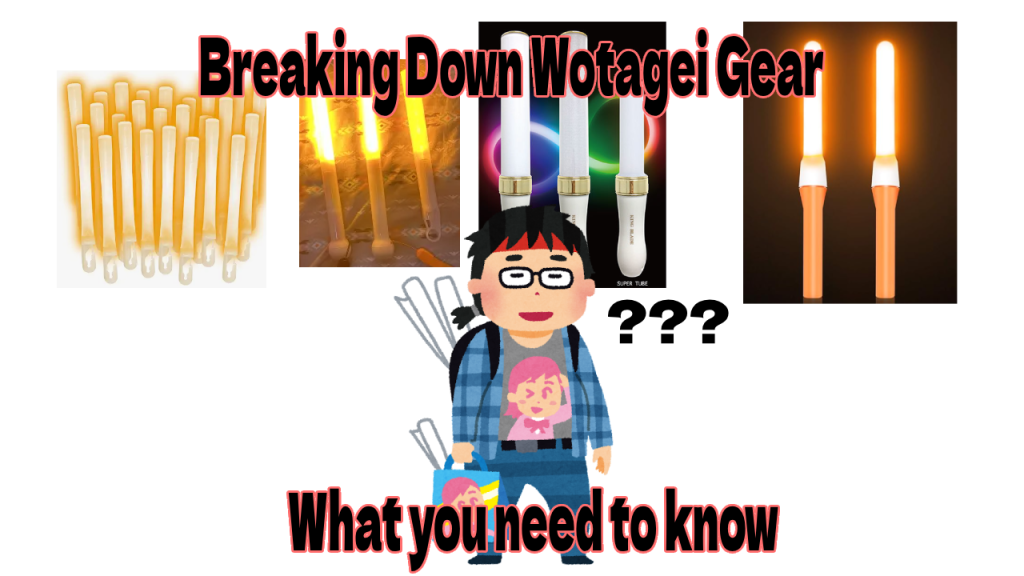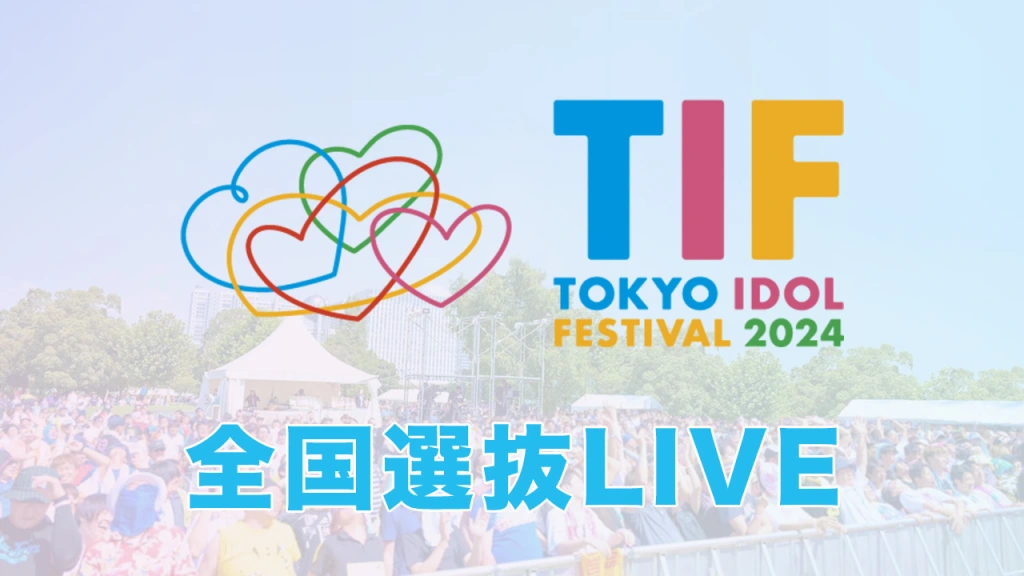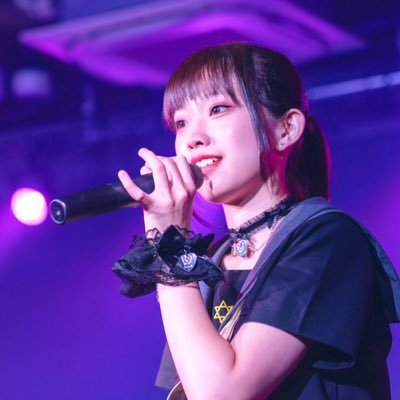Entering the world of Wotagei, newcomers are often faced with a crucial decision: selecting the right light gear. Among the common queries that arise, one stands out: What’s the difference between Cyalume penlights, cheerlights, and their modified versions?
In this guide, we’ll tackle this question head-on. Many start their Wotagei journey with confusion about these light options. We’ll clarify the distinctions between Cyalume and penlights, as well as explore the various forms of cheerlights. By the end, you’ll have a clear understanding of each, helping you choose the perfect gear for your Wotagei performances.
Let’s dive in and demystify Wotagei gear once and for all.
Why Penlights Aren’t Ideal for Modern Wotagei:
Penlights, often associated with cheering at concerts, aren’t the best choice for modern Wotagei. Here’s why they fall short:

- Bulk and Weight: Penlights, such as those from Kingblade and Lumica, are cumbersome and heavy, hindering the agility and fluidity required for dynamic playing.
- Dimness Issues: In low-light environments, penlights can be too dim, compromising visibility when recording.
- Fragility: Despite their appearance of sturdiness, penlights are surprisingly fragile. During energetic movements, particularly when doing waza like OAD or Ouka, there’s a high risk of accidentally breaking the penlight tube…

Considering these factors, penlights are better suited for cheering at idol concerts rather than use in modern Wotagei..
Cyalume Chemical Lights
When it comes to wotagei, Cyalume chemical lights have long been the go-to option, with the Daisenko brand by Lumica leading the charge. These lights, prized for their brightness, have been used since the olden days.

However, despite their luminous reputation, Cyalume lights have their drawbacks. Being chemical-based, they have a tendency to dim relatively quickly, which can be a challenge during extended play. Moreover, their single-use nature can quickly add up in terms of cost, especially for uchishi who frequently do wotagei.
Despite these challenges though, Cyalume chemical lights have remained a steadfast choice for uchishi. Their initial brightness and ease of use have made them a staple in the Wotagei community. However, as technology advances and cost-effective alternatives emerge, some uchishi are beginning to explore other options to ensure consistent illumination throughout their plays while minimizing costs.
Cheerlights..KAI…what?
As uchishi explore the world of wotagei, they encounter two distinct categories of cheerlights: non-modified cheerlights (チア) and their modified counterparts, often known as “kai” cheerlights (改チア).

Cheerlights, valued for their affordability and simplicity, they are compact, single-color lights available at budget-friendly prices. However, fresh out of the packaging, they may not emit the desired brightness for your playing. This is where modified cheerlights step in.
Modified cheerlights, or “kai” cheerlights (改チア), offer a solution to the brightness challenge. By undergoing a simple modification process, these lights can radiate brightness comparable to or even exceeding chemical lights like those used in Cyalume.
The modification process is very easy too, requiring only basic soldering skills and readily available materials. With many online tutorials at your disposal (in japanese though), you can transform your ordinary cheerlights into a wotagei ready machine.
For those preferring convenience, pre-modified cheerlights are available for purchase on platforms such as Mercari. By searching for “改チア,” you can explore a range of modified cheerlights modified by other uchishi.
In terms of practicality, modified cheerlights offer a lightweight alternative to traditional penlights, boasting a size and weight comparable to chemical lights like those found in Cyalume. Although the tube size may be slightly smaller, this difference does not compromise performance in any significant manner. With their compact design and impressive brightness, modified cheerlights prove to be an excellent choice for uchishi.
Cheerlight(unmodded/amazon)
Cheerlight(Modded/Mercari) (may need proxy)
Luckylight(Premodded amazon, custom cheerlight)
Comparing the various Chinese wotagei gear options.
In the dynamic world of Wotagei lighting, E-lights have emerged as a prominent choice since their inception in 2018. Designed by YukiRhythm from Shanghai, China, these lights have garnered attention for their innovative features and sleek design, making them a favorite among enthusiasts in the bustling hub of Wotagei technology.
When comparing E-lights to other Chinese-made alternatives such as New Arc and 大火 (Da Huo), it’s important to consider various factors highlighted by users’ experiences and preferences.

According to user feedback, New Arc is favored for its wider tracks/light streaks in videos. Conversely, E-lights boast a longer length, which some users find more suitable for play, especially if their arms are comparatively short. However, 大火 (Da Huo) presents a contrasting experience, as reports indicate a lackluster performance characterized by dim illumination and inconsistent quality control. Feedback from users suggests that out of four lights purchased, only one functions reliably, with the remaining three plagued by various malfunctions. These observations underscore the importance of thorough research and consideration when selecting Wotagei lighting options. Additionally, while the shake-to-turn-on feature of E-lights/da huo is innovative, it has been reported to be somewhat annoying by users due to accidental activation and potential battery drain.
In terms of cost, E-lights fall on the higher end compared to options like cheerlights and Penlights , but they are generally more affordable than New Arc. Despite their higher cost, E-lights are praised for their coolness factor and innovative design, making them a preferred choice for many uchishi.
Regarding durability, E-lights are reported to be made from the same material as cheerlights, suggesting a level of resilience. However, users have highlighted concerns about battery life, especially in models utilizing Li-ion(rechargeable) batteries, prompting some to opt for traditional battery-powered alternatives.
Overall, China has emerged as a dynamic force in the realm of Wotagei light technology. Though it’s good to know each one’s strengths and weaknesses.
Taobao(search for the options i wrote here) (may need proxy)
Overall gear comparison
Now that we’ve explored the landscape of Wotagei gear, let’s take a moment to compare and contrast each option discussed.
Cyalume Chemical Lights: Known for their brightness and simplicity, Cyalume lights offer a reliable choice for uchishi. However, their tendency to dim quickly and the cost associated with frequent replacements can be drawbacks.
Modified Cheerlights (改チア): By undergoing a straightforward modification process, normal cheerlights can achieve brightness levels akin to traditional chemical lights. Their lightweight design and impressive brightness make them a practical choice for many uchishi.
E-Lights: Emerging from China, E-lights represent innovation and sleek design in the world of Wotagei gear. With varying features like shake-to-turn-on and differing track lengths, they offer a diverse range of options for enthusiasts. However, concerns about durability and battery life have been raised, warranting careful consideration before purchase.
Penlights: While not ideal for modern Wotagei due to their bulk and weight, penlights remain a popular choice for concert cheering due to their familiarity and widespread availability.
- Cost:
- pl<cl≈new arc<e-light
- Toughness/Endurance:
- e-light=cl≈new arc≫pl
- Length:
- e-light>new arc>pl>cl
- Track Broadness:
- new arc>pl>e-light≈cl
- Coolness:
- e-light>ALL
- Feasibility of Repairing:
- cl > ALL
In conclusion..
In the world of Wotagei gear, there’s no one-size-fits-all solution.
Each option has its strengths and weaknesses, catering to different preferences and playing styles. Whether you opt for the traditional feel of Cyalume, the affordability of cheerlights, the innovation of E-lights, or some custom crazy light you made, the most important factor is finding what feels natural and comfortable for you.
Experiment with different options, consider your budget and performance needs, and ultimately, choose the gear that enhances your Wotagei experience.




Leave a comment